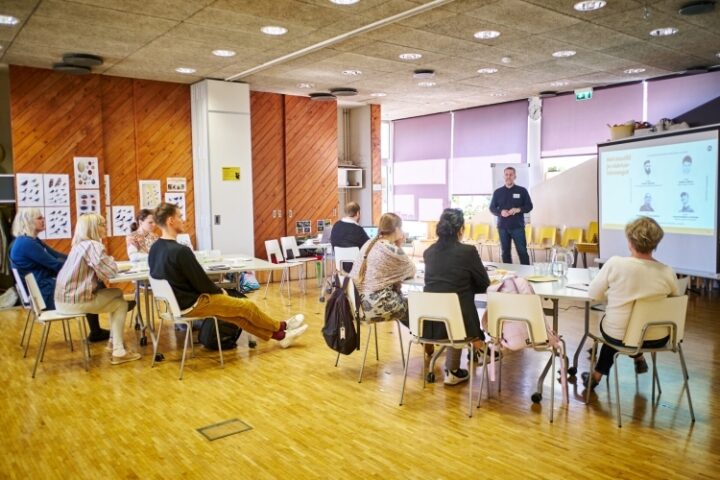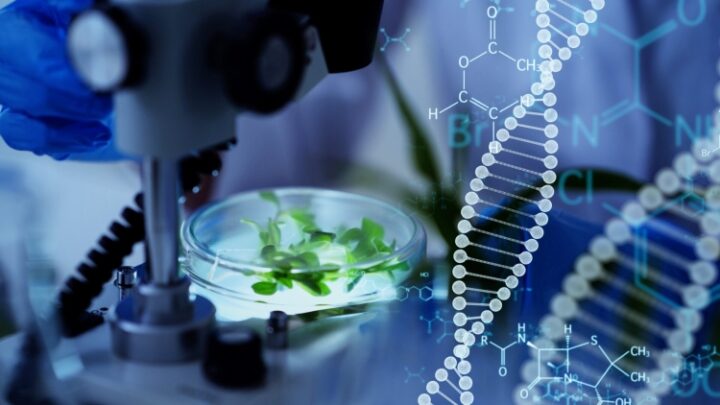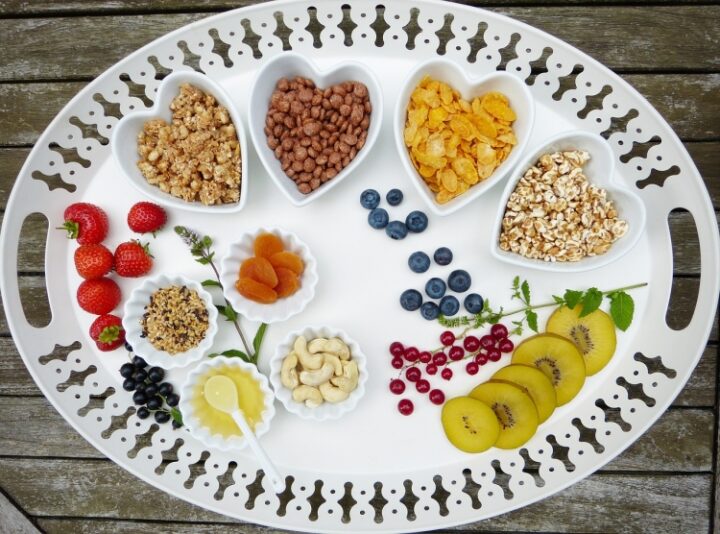These simple things are the greatest treasures of the Nordic-Baltic bioeconomy!
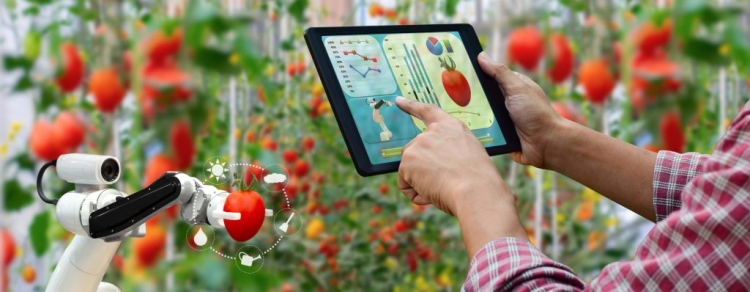
What does the bioeconomy mean in the Baltic States and Nordic countries? What are the greatest treasures of our region in this field, and are our companies capable of making the most of them? Nordregio’s communications advisor Vaida Ražaitytė and senior researcher Alberto Giacometti seek to answer these questions.
Nordregio is an international research centre for regional planning focussing on the development and sustainability of Nordic regions. It conducts research, analysis and projects linked to biological resources and their economical use, studies the potential and possibilities of the bioeconomy in the Nordic context and contributes to policy-shaping and decision-making in the field.
The bioeconomy fires up the young
Nordregio communications adviser Vaida Ražaitytė says that as part of the BeUBio project, Nordregio and its partners have been following the stories of 16 byoung people from across the Baltic Sea Region, who were driving, in different ways, the sustainability agenda. This has shown that sustainability is increasingly becoming the core of many young entrepreneurs’ work.
These include the Estonian firm Gelatex, which previously used waste from the meat industry to manufacture leather-like materials but which now focusses on the carcasses and microcarriers required for the production of cultivated meat. “Another example is the Latvian company PLŪKT, which works with local farmers who hand-pick wild herbs and make teas from them that are packaged in biodegradable bags,” Vaida says. “Then there’s the Lithuanian cosmetics company Solidu, which uses starch-based, plastic-free packaging for all of its solid cosmetics.”
These are just few of many examples from the Baltics. “What we’re seeing here,” she adds, “is that the development of the bioeconomy in the region is focussing on the use of local resources and the inclusion of local communities. But diving deeper into the way the issue’s dealt with in the region, I’ve noted that although the Baltic States are very close to one another, there are some differences in the way local actors approach the bioeconomy.”
Vaida gives the example of a group of Lithuanian researchers and stakeholders who have familiarised themselves in much more detail with the concept of ‘industrial symbiosis’, which focusses on the potential of cooperation between companies and industries in achieving a more efficient use of resources by exchanging by-products and waste to give them a new life. “Since direct cooperation is rare between Lithuanian firms, it is more common to see evidence of circular use of resources within the same company,” she explains. “This means they look for new ways of using resources themselves rather than relying on other firms. However, researchers and policy actors are promoting partnerships and resource-sharing as well.”
Vaida notes that in the case of Latvia, researchers in the BioBaltic project are investigating the use of enhanced digital tools in the bioeconomy and in Estonia, they are looking for ways of valorising red algae.
Wood is much more than just something to burn
Nordregio senior researcher Alberto Giacometti says much is being done at a number of levels to promote the sustainability agenda – not just in material science or science generally, but in product development and different stages of the supply chain, from primary production through design and management to logistics and beyond.
“New practices are shaping how we can make more efficient use of input in agriculture and forestry so as to avoid leakage of nutrients into the water systems and enhance biological diversity,” he explains. “All sorts of opportunities are opening up in the development of biomaterials when it comes to replacing fossil- and mineral-based products. An excellent example of that in the Nordic-Baltic region is the increasing use of timber in construction in lieu of concrete and steel.”
Alberto recognises that many Baltic companies are turning more and more attention to new organic and biomaterials. This includes the manufacturing of paints, food additives and animal feed from algae.
Additionally, a lot more emphasis these days is being placed on how we make things. “The fundamental idea here isn’t just the adoption of new materials, but extending the lifespan of resources as much as possible in order to avoid the use of primary resources,” he explains. “Based on the principles of the circular economy, companies can channel their resources in the supply chain upwards so as to gain the greatest possible value from them, such as by using forestry resources for the production of chemicals, textiles, glues and construction materials rather than burning them for fuel, which is the lowest value we can attain from them.”
In Estonia, for example, wood is transformed into a brown ‘sour cream’ that can be used in the manufacturing of a wide range of products. Moreover, product design can be a powerful tool to extend the lifespan of materials by considering their possible use after products reach the end of their own lives,as early as the conceptual phase. For instance, construction elements can be re-used in the building of new structures.
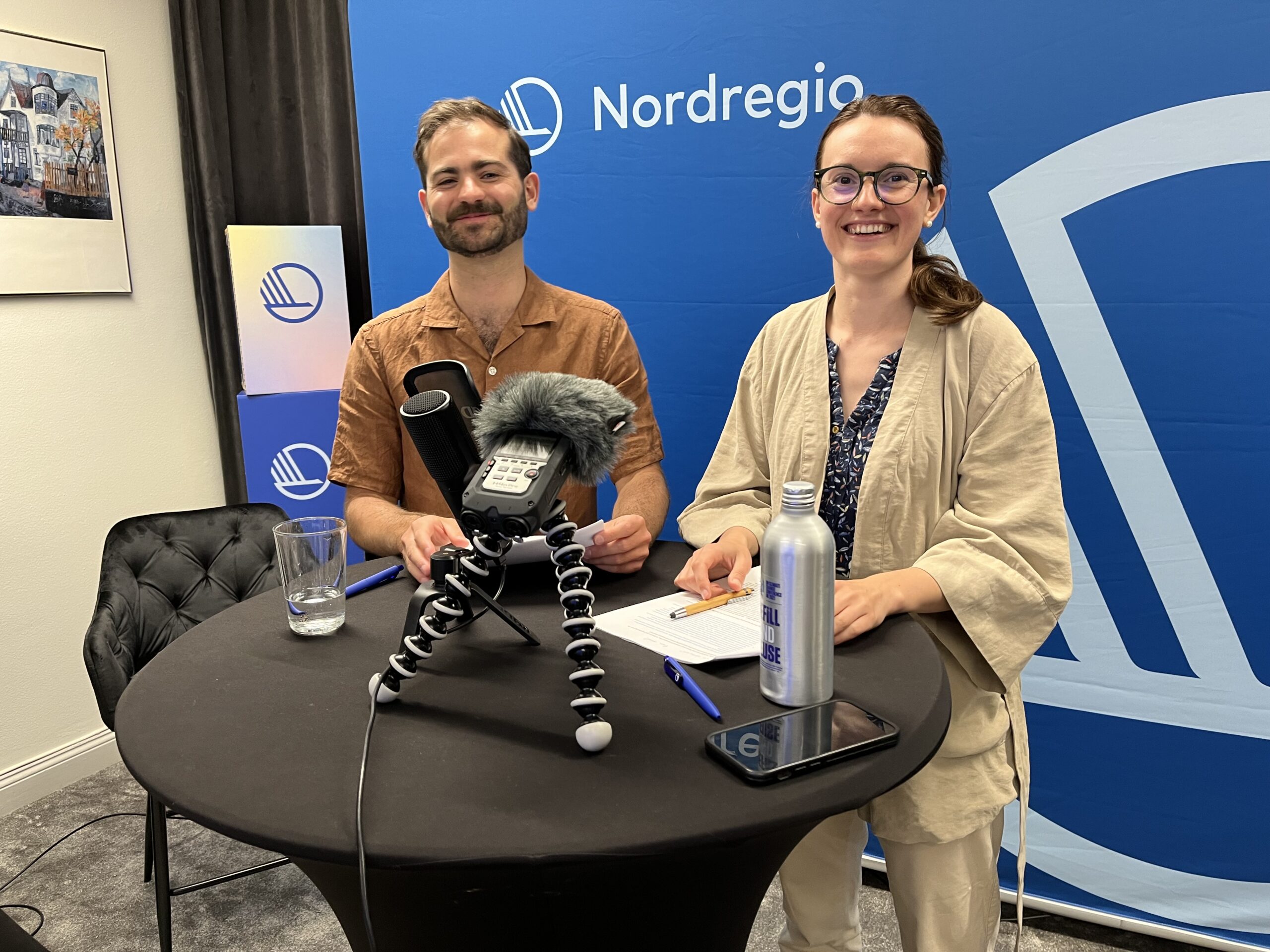
Alberto Giacometti and Vaida Ražaityté
University research into the uses of red algae
In regard to algae, a good example is the Estonian University of Life Sciences, which in 2022 published a study on the use and valorisation of red algae which was funded via the Nordic Council of Ministers project ‘BioBaltic: Nordic-Baltic Cooperation on the Circular Bioeconomy’. The research revealed that 80 species of macroalgae and larger water-growing plants are represented in Estonia’s maritime waters. The algae under study, Furcellaria lumbricalis, is not the red algae most commonly found in the country’s coastal waters, but it is one of the best known and one which has found the most industrial use.
As far as is known, the algae is only found in an amount that could be used on an industrial scale in Kassari Bay. There are a number of ways in which red algae which has been trawled or collected from beaches can be valorised. One such use is in the production of organic fertiliser for farms and gardens and of biostimulants needed for plant growth. Another is in the food industry, where the algae is found as E407 in jelly and sugar confectionery and dairy products. It is also used as a dye in cosmetics and food products.
The research focussed on two companies whose core operations are linked to the valorisation of red algae. Their five-year goal is to at least quadruple their production volumes and to start valorising production waste.
One of the companies plans to produce greater quantities of powdered furcellaran, work with scientists to develop a red dye pigment line and start making plant pots from production waste. The other has set itself the objective of producing a biostimulant for plant growth from trawled red algae. To achieve these goals, both companies need not just naturally growing red algae but also cultivated algae.
Who’s more innovative – the newcomers or the old hands?
But who, in the experts’ opinion, is more open to innovation when it comes to the bioeconomy? Is it new companies, or are the established giants the pioneers here because they have resources and greater opportunities to do research?
Alberto has studied a large number of companies and new processes in a variety of sectors. What are his thoughts on how bioeconomy companies are born?
“Innovation can be a gradual process in which the initial push can come from existing industry or from a seed company starting from nothing,” he says. “There’s no one formula for success in the bioeconomy any more than there is in any other industry.” A major role here is played by regional industrial traditions. Sometimes new companies or technologies are born in a region without no prior experience in the field. “That said, it’s much more likely, and much more common, for new products and technologies to develop in places where industry and knowledge linked to them already exist,” he adds.
Having come into contact with an array of companies, Alberto gives the example here of the forestry sector. “It’s old, it’s well organised and it’s dynamic,” he says. “Which is why it’s only natural they make the most of the opportunities that present themselves. They also have the industrial and financial capability to make the investments needed to enter new market segments.” For example, the Finnish, Swedish and (more recently) Baltic timber industries were quick to respond to regulation changes that allowed for the construction of timber apartment buildings. “Fast-paced innovation in materials science and construction technology meant they got their foot in the door ahead of everybody else,” Alberto explains.
Expansion of the timber industry’s business portfolio was, in Alberto’s view, a natural process, since the sector already had a great deal of knowledge and experience. “A lot of newcomers have appeared on the scene of late, including start-ups, who are using innovative and not just timber-based materials to reduce the environmental impact of construction,” he says. “But in this particular case the big players had a major lead over them.”
There are other examples where the innovation process and business landscape looks quite differently. One is unconventional proteins, where research carried out in universities often leads to new products and firms, with scientists setting up their own companies or being headhunted by investors to lead the technical process in new ventures. Finding funding here is not easy, but more and more investors are starting to view sustainability as a business opportunity.
“A few decades back it was incredibly difficult to get your hands on funds for sustainable and ‘green’ products,” Alberto recalls. “And that’s the main sticking point – so many new developments never get beyond the start-up or piloting phase.” The problem is that investors are often afraid to take risks, since they don’t know whether the market is mature enough, or there may be no clear rules or political backing. However, growing support for and willingness among society to make the green transition suggests that we will see an increasing number of companies focussing on the bioeconomy in the near future.
What is the bioeconomy?
The bioeconomy is a branch of the economy or simply a general approach which uses biological resources such as plants, animals and microorganisms in a sparing and diverse way for the creation of products and services. Its aim is to generate sustainable and environmentally friendly solutions based on the use of natural resources.
The bioeconomy encompasses a range of activities including agriculture, forestry, fishery, the food industry, pharmacy, the chemical industry and energy production. At the core of this approach are biomaterials, biotechnology and ecosystem services.
Biomaterials are those of biological origin such as plant fibres, wood- and cellulose-based materials, bioplastics and biofuels. These materials can be used in the making of products like clothes, packaging, construction materials and fuels.
Biotechnology uses biological processes and the natural qualities of organisms to create new products and technologies. This includes genetic engineering, fermentation, the use of enzymes and the production of microorganisms for a variety of applications such as the manufacturing of medicinal products, foodstuffs and biodegradable plastics.
Ecosystem services are natural processes offered by ecosystems, such as soil fertility, water supply, climate regulation and biological diversity. Attempts are made to assess and make sparing use of these services within the framework of the bioeconomy so as to support economic development and preserve the integrity of the ecosystems.
